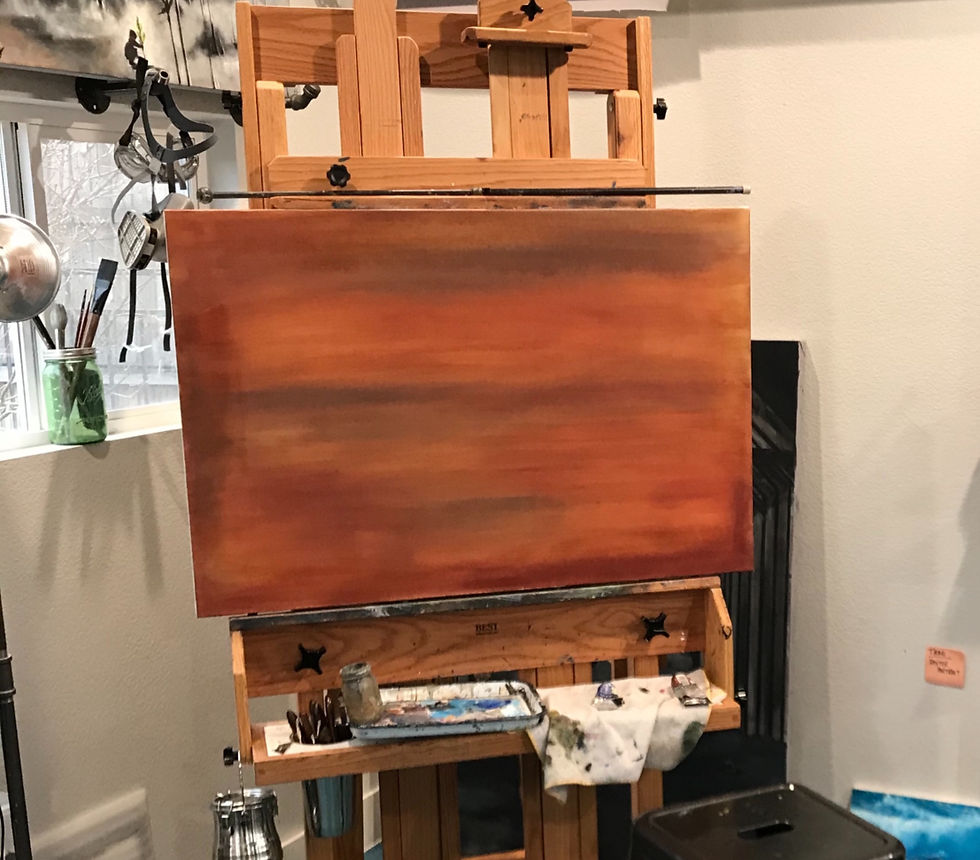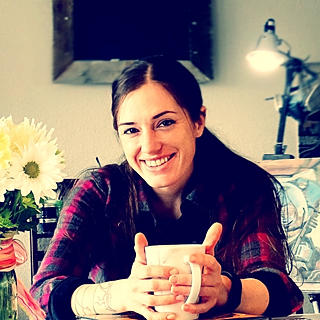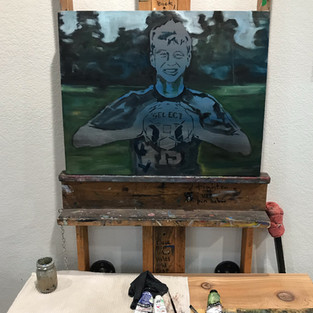Underpainting (For Oils) - Purpose and Types
- Kayla Koeune
- Dec 30, 2020
- 2 min read
I use an underpainting for several reasons. An underpainting can help build contrast, cohesion, and visual depth to a painting. It also helps me to organize the composition by blocking out shapes and laying out colors or dark and light areas of the painting.

I start by laying in a tonal ground. I don’t always do this, because sometimes I get a wild hair to try something different, but I would say about 90% of the time. I often use red oxide or some sort of gray... or sometimes I just use the left over paint from the previous painting. This ground can be pretty washy so you can thin you paint with turpentine or a similar solvent. (I use gamsol). A tonal ground give unity or cohesion to the painting because you can use the color to pop through in different places on the painting and it allow the color to unify the painting. It can also give a backlight for shadows so let the tonal ground show through. The more layers you can see down to the more visual depth you are creating!

Another method people use is a tonal underpainting. Where you are essentially laying out the painting in a monochromatic color palette. This is a washy drawing that blocks out the painting with all the benefits of the tonal ground. I use this method on occasion, but my preferred method is a tonal ground then using a pencil to lay out my composition.


Once the tonal Ground is painted and my painting is mapped with some sort of pencil (I like using Stabilo all pencils as I can lay down in a color I can see.) I then use a complimentary color or dark shadow palate underpainting. To many clients these look strange so I often don’t show them. This helps me define the shadows and the places of light. In some places you will see dark colors that will only dance through the top layers. This once again brings visual depth. It all allows the colors of paint that are in the layers to dance with each other.
All this work in the first layer or the underpainting allows the painting to to start building depth needed for the final piece to have 3 dimensionality. Look at your skin. Is it one color? Is it an easily defined color? Can you see through the skin to the other things that are happening below. My answer is yes. So if you want to create that in a painting and you want you feel the essence I definite feel an underpainting is an essential part of the process.


















Comments